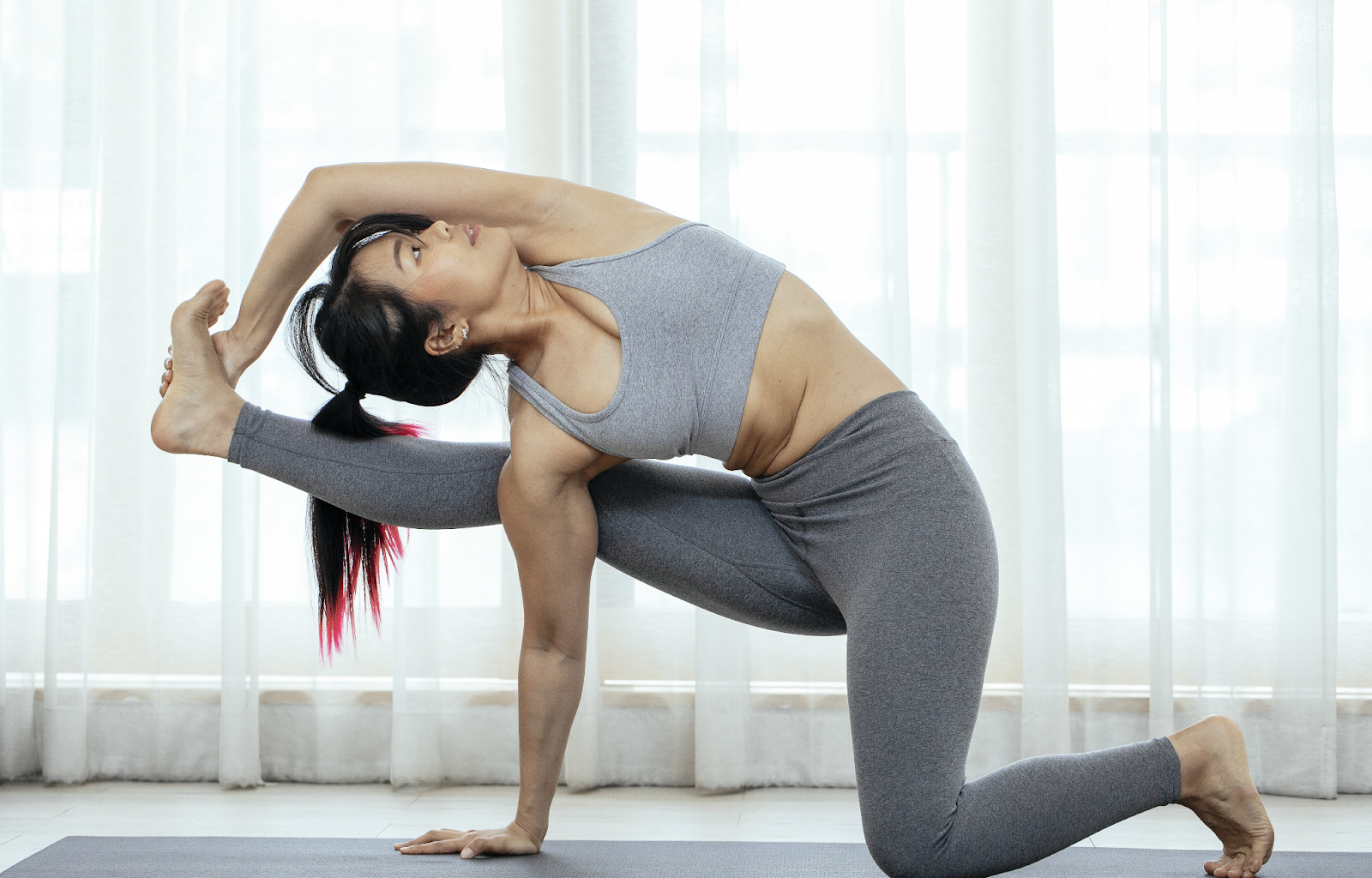Stretching exercises for the feet and ankles
Stretching exercises for the feet and ankles are essential for maintaining flexibility, preventing injuries, and relieving discomfort. Here are a few beneficial stretches:
- Toe Curls: Lie back on a chair and plant your feet firmly on the floor. Gradually curl your toes, then relax them. Repeat this movement several times to strengthen the foot muscles.
- Calf Stretch: With one foot in front of the other and your back to the wall, stand. Lean against the wall while keeping both heels on the ground. Switch sides after holding the stretch for 20 to 30 seconds. This stretch targets the calf muscles.
- Plantar Fascia Stretch: Place one leg out in front of you as you sit. Your foot’s ball should be wrapped in a towel or resistance band, and you should gradually draw it towards you. After holding for 20 to 30 seconds, switch to the other foot. This stretch helps alleviate plantar fasciitis.
- Ankle Circles: Take a seat in a chair and elevate your one foot. Rotate your ankle in a circular motion, first in one direction and then the other. Repeat this exercise 10 times for each foot to improve ankle mobility.
Heel-toe walking drills to loosen up tight muscles
Heel-toe walking drills are effective exercises for loosening up tight muscles in the lower legs and improving balance and coordination. Here’s how to perform this drill:
1. Find a clear, flat space to walk.
2. Start by standing tall with your feet together.
3. Take a step forward with your right foot, landing on your heel first.
4. Roll your weight from the heel to the ball of your foot, then push off with your toes.
5. As your right foot comes off the ground, bring your left foot forward and land on your heel.
6. Continue walking in this heel-toe pattern, focusing on a smooth and controlled motion.
7. Maintain an upright posture, engage your core, and keep your gaze forward.
8. Repeat for a designated distance or time period.
Heel-toe walking drills stretch and strengthen the calves, shins, and feet muscles. They can help alleviate tightness, improve ankle flexibility, and enhance stability and proprioception. Incorporating these drills into your regular exercise routine can be particularly beneficial for athletes, individuals recovering from foot or ankle injuries, or those seeking to improve their balance and lower limb strength.
Swimming laps in a pool as a low-impact cardio exercise
Swimming laps in a pool is an excellent low-impact cardio exercise that offers numerous benefits for overall fitness and health. Here’s why it’s a great workout:
- Low Impact: Swimming is gentle on the joints, making it an ideal exercise for individuals with joint pain, arthritis, or those recovering from injuries. The buoyancy of water reduces the impact on the body while providing resistance for a challenging workout.
- Full-Body Workout: Swimming provides a full-body workout by working several muscle groups at once. It strengthens the muscles in the arms, shoulders, back, core, and legs while improving cardiovascular fitness.

- Cardiovascular Endurance: Swimming laps increases heart rate and promotes cardiovascular endurance. It improves lung capacity, enhances oxygen utilization, and helps maintain a healthy cardiovascular system.
- Weight Management: A calorie-burning exercise that can help with weight management is swimming. It increases metabolism and can contribute to the reduction of body fat.
- Low Heat Stress: Swimming keeps the body cool, making it a suitable exercise option for individuals who struggle with heat intolerance or those who prefer exercising in a refreshing environment.
- Joint Mobility and Flexibility: The range of motion required in swimming can improve joint mobility and flexibility over time, promoting better overall mobility and reducing the risk of injury.
Whether you are a beginner or an experienced swimmer, swimming laps in a pool provide a low-impact, full-body workout that improves cardiovascular fitness, builds strength, and supports overall well-being.
Also Read: The Role of Herbs in Traditional Chinese Medicine for Quitting Smoking
Conclusion
Performing practical foot pain relief exercises at home can help alleviate discomfort, improve flexibility, and promote overall foot health. Exercises such as stretching, rolling a tennis ball, and strengthening exercises can target specific areas, enhance circulation, and provide relief from conditions like plantar fasciitis or tight muscles. It is important to perform these exercises consistently, listen to your body, and seek professional guidance if necessary.








